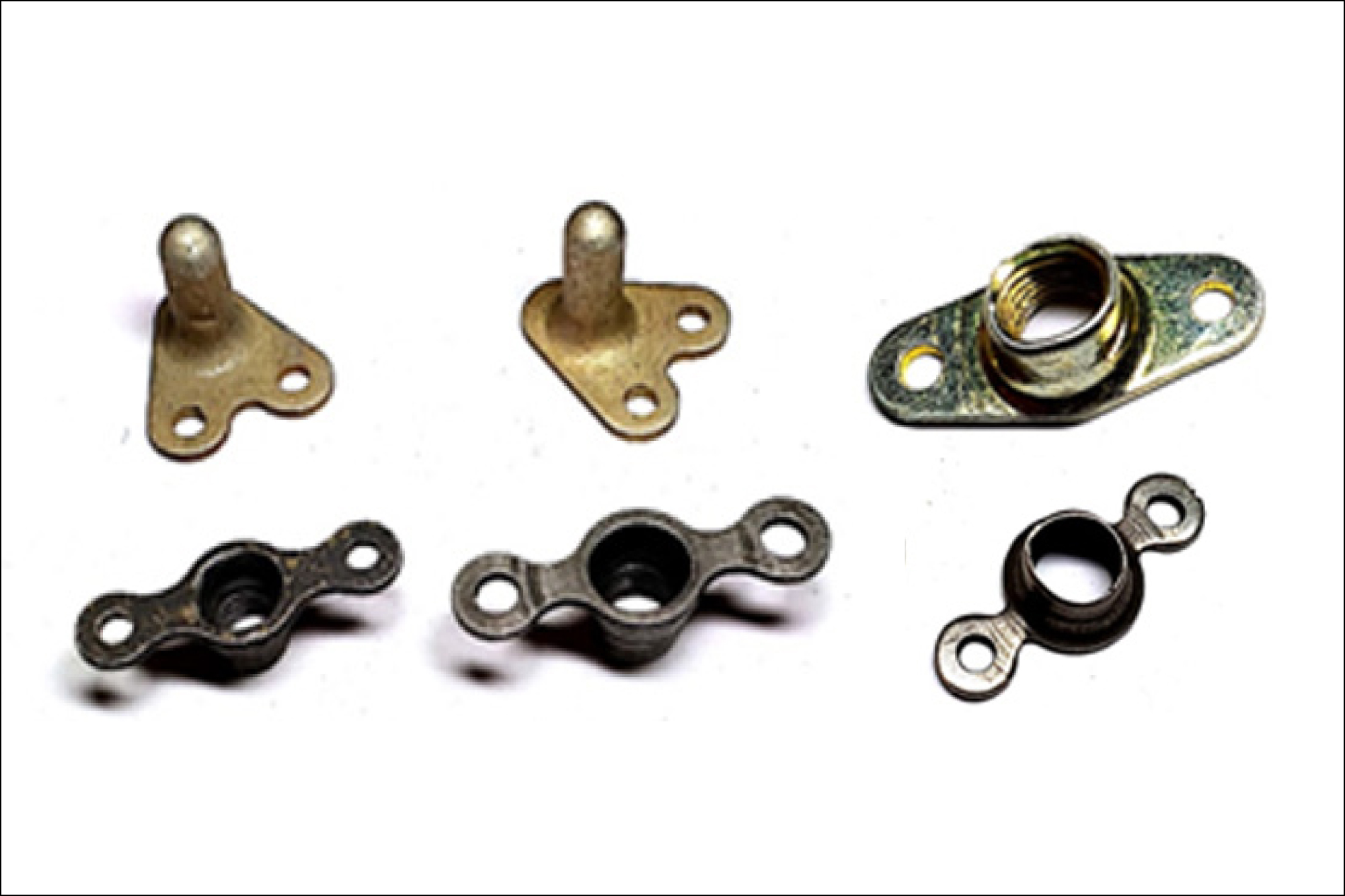Right fastener for intended application
By Edit Team | November 2, 2018 7:20 am SHARE

Anchor nuts (also known as nut plates) are captive nuts; one can attach permanently to the blind side of an assembly. Often this is a removable accessory, component part, or cover, of some sort. These are intended for use in wing body joints. These nuts were originally used by the aerospace and defence industry, but are now also common in automotive racing.
Usage
These anchor nuts are usually installed in blind installation where access to a regular nut with a wrench would be difficult.
• Inspection access covers and hatches.
• Cowling attachment.
• Installation of accessories on the firewall.
• The installation of antennas.
• Propeller spinner or bulkhead installation.
• The attachment of wing root fairings.
• Instrument panel installation.
Selecting right kind of anchor nut
Selection of the anchor nut depends on the application or assembly type and the space availability. Two of the most commonly used anchor nut varieties include:
• The two lug nylon insert locking type.
• The two lug all-metal anchor nut.
Other less frequently used types include the all-metal floating anchor nuts, one lug nuts, corner nuts, and even miniature nuts for limited space installations. Sometimes the space remaining for installation of an anchor nut is so limited that neither a standard two lug anchor nut nor a miniature anchor nut will fit.
Authored by:
Jasmer Lather,
Managing Director,
Aero Fasteners Pvt Ltd.
Cookie Consent
We use cookies to personalize your experience. By continuing to visit this website you agree to our Terms & Conditions, Privacy Policy and Cookie Policy.




















